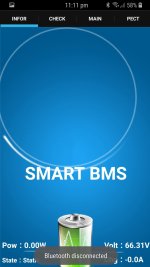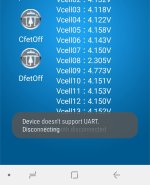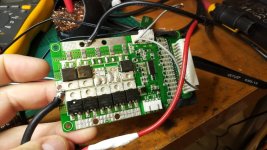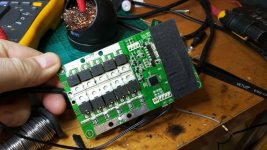izeman
1 GW
yes, i think you get quite a lot for what you pay. and as electricgod showed us, you can make a quite capable BMS from it with an additional 20-30$€ and some soldering work.Fionn said:Without a doubt the assembly is poor, the components used are questionable, the documentation is non existent and both the PC and phone apps have plenty of room for improvement.
That being said, the TI chip at their core is very capable and with a bit of input from everyone on here they have potential to be very usable as you say.
I'm not aware of any other low cost board that had the TI BQs pre integrated with the balancing circuits, interface etc.
My own approach is to buy the low current models and replace the FETs with high quality ones and check over everything else. The cost of the board is only 7 times what the IT chip alone costs in retail quantities.
it would be great to reverse engineer the software if this is possible, and make it even better. unfortunately i have absolutely NO idea how to do that
first thing i would try to change is the standby current. i wonder why nobody else has issues with that.






